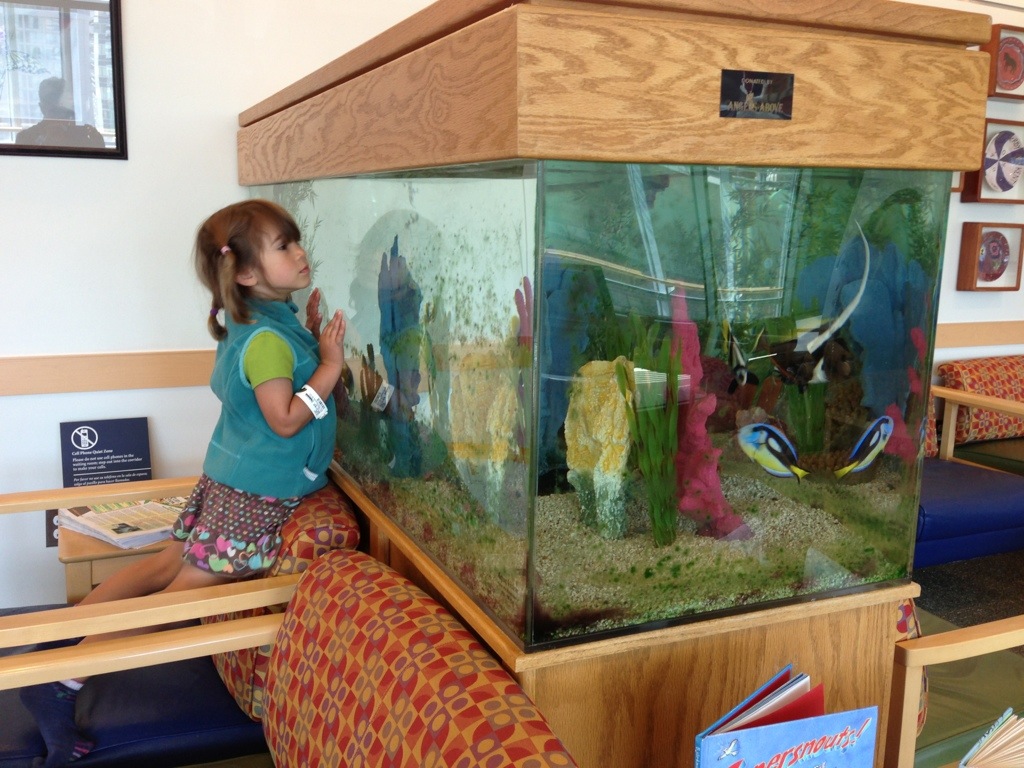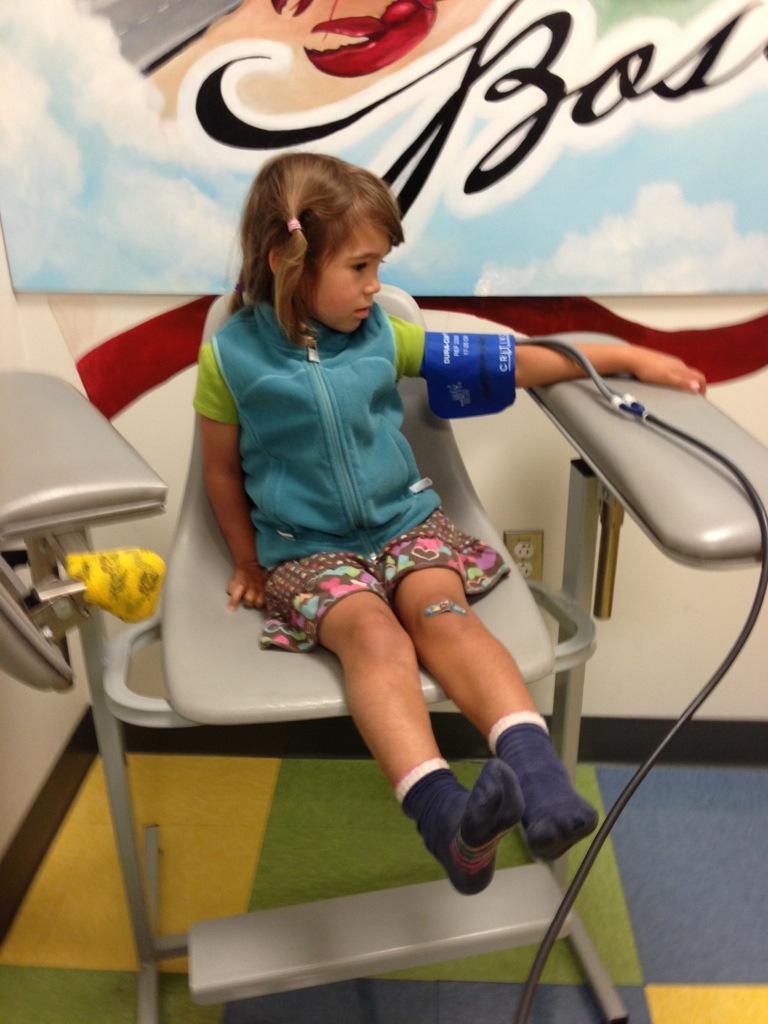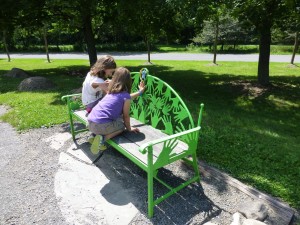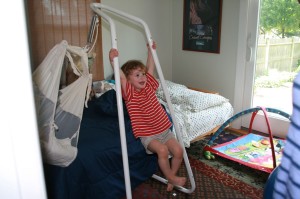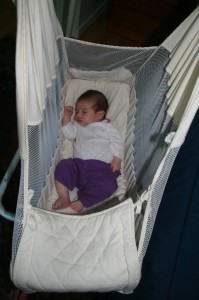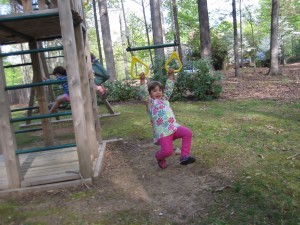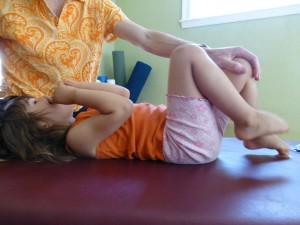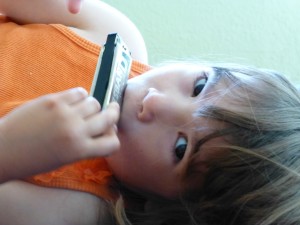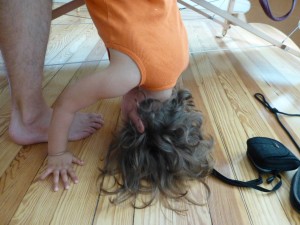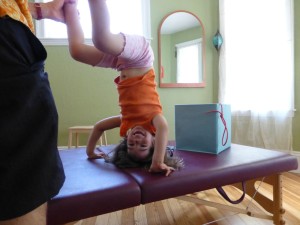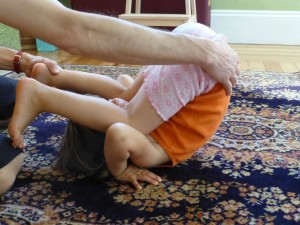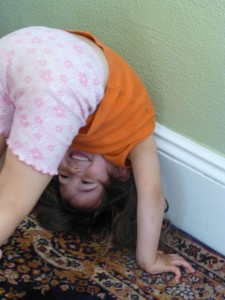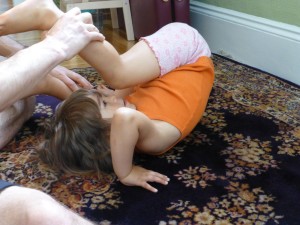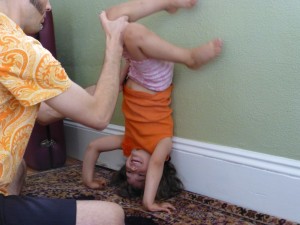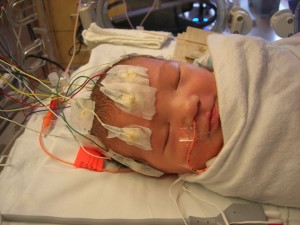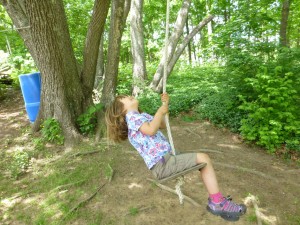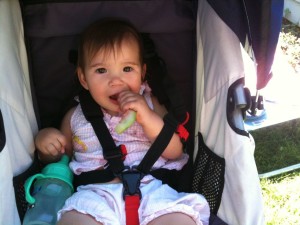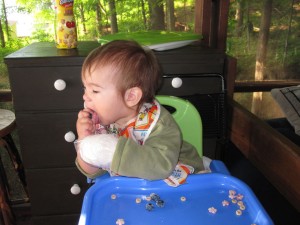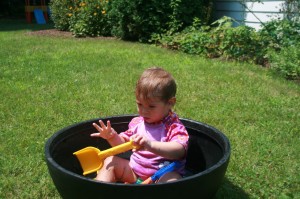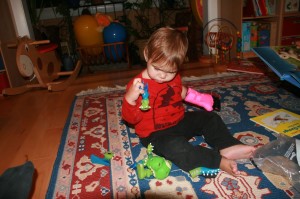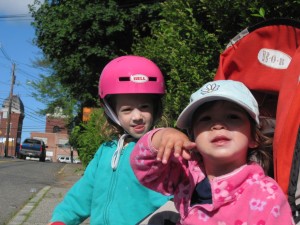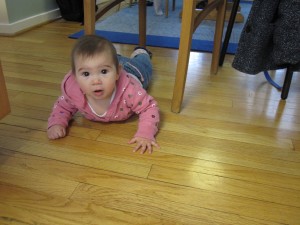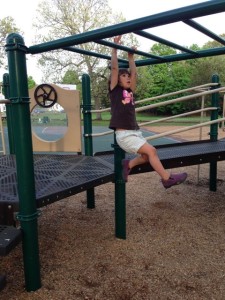I was just interviewed by Suzanne Kronisch for her “What’s YOUR Feldenkrais Story?” series.
One of the things that came up in our discussion was this essay I wrote in 2005 to my classmates when I was in a four-year Feldenkrais training program. I’m sharing it here so Suzanne can link to it and to give more context for some of my Feldenkrais musings on this blog.
Date: Tue, 25 Jan 2005
To: <My NY Feldenkrais Professional Training classmates>
Subject: shifting acture, shifting emotions
Hi,
Sunday morning of our last segment, David began by saying that he was going to teach a rarely taught lesson. It began something like this. Sit on the floor. Bring your left foot to standing, extend your right leg in front of you. Lean on your right arm behind you. Place your left hand on your left knee. Exhale and slowly push out your lower abdomen. Inhale and slowly pull in your lower abdomen….
I don’t want to repeat the lesson here as you were all there doing it with me. I do want to share my experience of doing the lesson, and the experiences I had immediately afterwards and continue to have now, more than a week after this lesson.
Sometimes I am fully present for an ATM, and this was one of those times. As I heard David say “rarely taught lesson” and then go into a story about where he remembered it being taught, I said to myself, I’m gong to do this lesson really carefully, really attentively. Of course, I’d love to do every lesson with these qualities but I’m not there, sometimes I am, sometimes I am not. This one particular lesson, I was there.
During the lesson I stayed in a tiny range. The position is not the most comfortable for me, but it is a whole lot more comfortable than it used to be. Even at the beginning of the lesson I could feel how my hip flexors were engaged. My lower leg was not quite standing vertically, but more at a 45 degree angle with the floor. Other people had their lower leg planted almost at 90 degrees to the floor which seemed closer to the instructions. I closed my eyes and told myself again to find my own ease, my own starting place. I kept coming back to this.
Part way through the lesson I began to feel the tonus in the leg that was long change for me. I could let it rest more fully on the floor. That was one of the first shifts that I noticed. I also noticed that for me to stay in the tiny range that was fruitful for me required just allowing a tiny movement in my hips and pelvis, really tiny, maybe not even visible, but I could feel it.
The lesson continued and I continued with the same quality of attention to myself. When I stood up, I was rewarded tremendously. My feet were making an entirely new pressure pattern on the floor, balanced more along the line between the heel and the ball of my foot towards the inner border of my feet. My legs felt as if they were completely underneath me. My knees felt free. And my low back and hips and pelvis felt remarkably free.
I happily wore this new pattern all day Sunday. I didn’t pay as close attention to any lesson after that, I had gotten my weekend’s fill. That evening, I got curious, I posed a problem to myself to try to find my way from my brand new pattern back to my old familiar pattern. I was afraid to do this, afraid I might lose this newfound freedom, but I was also curious to see just how much I could sense in the difference between what I was doing. And, I wanted to have a choice. I know from past experience that if I can find the way there and the way back, I can choose, just as Moshe taught, just as we’re taught, to stop any place along the way.
My sensations were there to guide me. Because standing was where I noticed the difference most clearly, I did my experiments in standing. At first, I used the new sensations as they were prominent – the pressure pattern of my feet on the floor, my sense that my legs had turned slightly inward and were somehow more aligned to support me, my sense that my low back was long. Then, I started to make small adjustments, thinking of changing the pressure pattern of my feet, thinking of rotating my legs outward a tiny bit as the outer borders of my feet accommodated more pressure, realizing this made my lower back arch more. I found my old pattern eventually. It’s a pretty strong magnet.
It was harder for me to find my way back to the new pattern from the old. The thing that was most dramatic was how far I had to shift my pelvis backwards to get there. That became the key, the place from where I could initiate the entire shift in pattern. It’s not a small change in terms of physical distance. My pelvis actually shifts several inches backwards to get to the new pattern and that’s accompanied by my low back lengthening, actually my entire spine lengthening and my neck becomes free. My legs rotate inward and under me, and my feet are there to help me easily balance.
I showed a few of you the old and new pattern on Monday. You told me that I grew in the new pattern. I do, at least an inch I’d guess. The shift is so amazing to me that now that I’m home, I’ve been playing a game in the mirror where I stand and look at myself in the mirror with something behind me that I can see to monitor my height. I shift from the old to the new pattern again and again almost to convince myself that I can, and I see with my own eyes that I grow in the new pattern. I feel all the openness that comes with this new pattern. Then I allow myself to shrink again and my chest collapses as my low back takes on too much work and my knees nearly lock and my ankles become stiff and my neck feels strained.
Monday, the last day of our segment, began with Marie-Lauren teaching a fun lesson that I approached with too much exuberance with my newfound freedom. The position of kneeling with one foot standing, and then doing all kinds of side bending, led me to do too much. I didn’t feel it at the time, just on the bus that evening, I felt my outside of my left leg as if I had strained a muscle. My low back and hips still felt free, but I knew I had overdone it. Tuesday, in my yoga class, I was careful to just work on allowing that muscle to let go again, and it did.
Thursday, I went again to yoga, and my teacher who is very tuned in to energy took one look at me and told me that my energy had shifted. She knows about my Feldenkrais training, so I told her about my breakthrough. I showed her the old and the new pattern. Again, she exclaimed how much my energy hadshifted.
I can’t see or sense energy in the same way that she can, at least not yet. But, I have noticed that my mood has been better than usual, my energy level has verged on manic over the past week, and my overall emotional tone has felt less anxious, more calm.
I’ll attempt to describe a little how I understand this. In my old pattern, it’s almost as if my neutral is very far forward of what’s possible for our human structure. For me this seems to fit with my alpha tendencies to often be first, to act quickly, to plow ahead, not always aware of all that’s around me. It’s almost a starting place that doesn’t allow so much reversibility because I’m already committed to going forward.
In my new pattern, I can sit back with comfort and ease, I can shift easily forward or backward or left or right. I can take in my whole environment and choose when and how to respond. I feel as if I have more time. I feel less tightly wound. I feel as if I need to get to know myself all over again, which is exciting and fun, and a little odd. Every little thing I do, from walking, yoga class, shoveling snow, even doing dishes and brushing my teeth, each is an opportunity to attend to my pattern, to catch myself if I fall back into the old pattern, to delight in new sensations and new options afforded by my new pattern.
Best,
Mara

